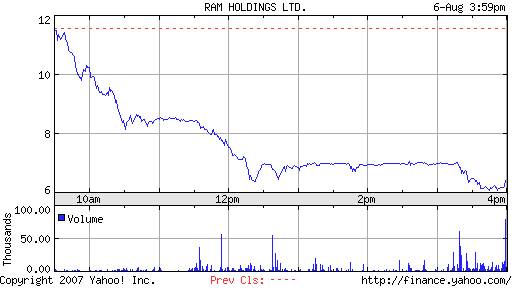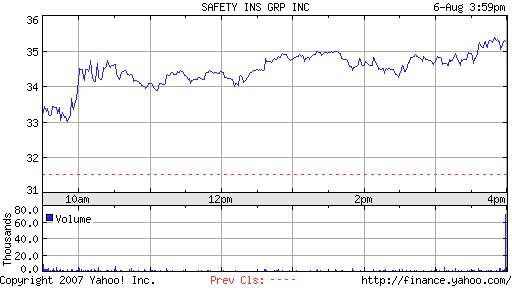A Tale of Two Insurance Companies
Before I start this evening, I would simply like to say that revamping the website is more complicated than I initially intended, but I want to do something that looks good, and works well.? I also want to get it right the first time, or soon enough after that to have no noticeable glitch in service.
National Atlantic — for any that bought on my words, you can see why I mentioned buying under $9.75.? I knew there was a big seller out there, and now I know who it is: Loeb Partners.? As of the filing, they still owned 7.1% of the company, and have been sellers well into the 9.70-9.80 region.? As a result, there will be pressure on the stock for a while, the same way there was pressure when Commerce Group was indiscriminately selling stock into the market after the failed takeover.
Once Loeb is done, the stock should lift, and it looks like they are somewhat price sensitive.? This could take while.? If NAHC gets driven below $9, I will be adding more.? But there is no new fundamental data driving the stock at present, just a jilted activist.
Assurant will likely be down tomorrow on the suspension of its buyback.?? I have explained the issues before on the finite reinsurance accounting, and the issues are unchanged since then.
Personally, I think the SEC is trying to make an example out of Assurant, because all of the allegations, if true, aren’t material to the economics of Assurant.? They may lose a number of key employees, but their bench is deep, and the business won’t be harmed.? The value in Assurant derives from their well-protected leading positions in niche insurance markets; that will not be changed by the SEC investigation, or any fines handed out.
If Assurant drops below $48, I will be adding.
Full disclosure: long NAHC AIZ
Tickers Mentioned: NAHC AIZ CGI



